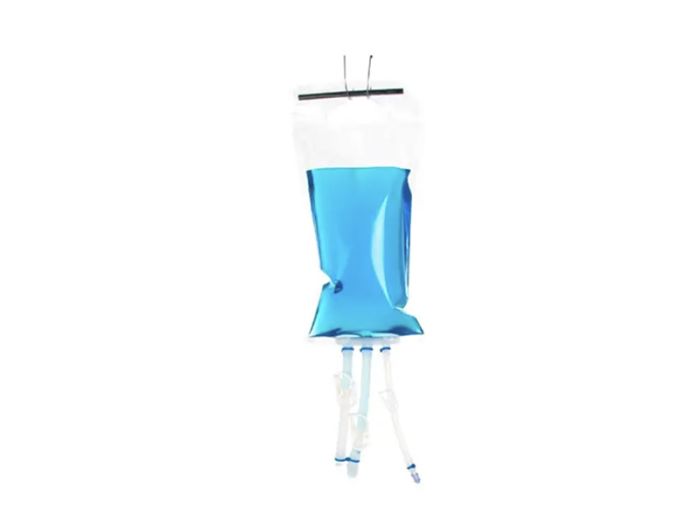Key points for heat-sealing and edge cutting operations of medical sponge dressings
To ensure the quality and safety of the thermal bonding and edge cutting of medical sponge dressings, the following details must be strictly controlled during the operation. Combining process principles and equipment characteristics, a standardized workflow shall be established as follows:
I. Material Preprocessing
-
Material Inspection
- Visual Check: Confirm the sponge is free from defects, impurities, or contamination to avoid bonding failure due to material flaws.
- Dimensional Calibration: Cut the sponge to preset dimensions according to product specifications, with a tolerance of ±0.5 mm, ensuring precise alignment for subsequent thermal bonding.
- Humidity Control: Maintain sponge dryness (moisture content ≤5%) to prevent steam generation during bonding, which may cause bubbles or weak adhesion.
-
Material Positioning
- Use positioning molds or laser alignment systems to secure the sponge at the center of the thermal bonding platen, preventing displacement.
- For multi-layer composites (e.g., sponge + nonwoven fabric), align all layer edges with a tolerance of ≤1 mm.
II. Thermal Bonding Parameter Setup
-
Temperature Optimization
- Base Temperature: Set initial temperature based on material type (e.g., 150–180°C for PVC, 120–150°C for TPU).
- Gradient Heating: For thick sponges (≥5 mm), use stepwise heating (e.g., preheat at 130°C before reaching target temperature) to avoid localized overheating.
-
Pressure and Time
- Pressure Control: Adjust pressure according to sponge density (e.g., 0.2–0.3 MPa for low density, 0.4–0.5 MPa for high density) to ensure full contact with the platen.
- Time Setting: Bonding duration typically ranges from 3–8 seconds. Optimize via sample testing (e.g., observe edge melting state).
-
Dynamic Monitoring
- Use infrared thermometers to monitor real-time temperature fluctuations (≤±2°C) in the bonding zone.
- Record parameters for each batch to build a process database for traceability and optimization.
III. Thermal Bonding Process Control
-
First-Article Inspection
- Produce 3–5 samples per batch for peel strength testing (standard ≥15 N/cm urnover)and sealing tests (e.g., water immersion for leakage verification).
- Proceed to mass production only after sample approval.
-
Bonding Rhythm
- During continuous operation, inspect bonding results every 10 minutes to prevent parameter drift caused by equipment overheating.
- Recalibrate temperature and pressure after prolonged downtime.
-
Abnormality Handling
- Weak Bonding: Check for low temperature or insufficient pressure; adjust parameters.
- Edge Carbonization: Reduce temperature/shorten time; clean platen residue.
- Bubbles: Verify material dryness or platen flatness; replace materials or repair equipment if necessary.
IV. Edge Trimming and Post-Processing
-
Trimming Process
- Tool Selection: Use medical-grade cutting machines to ensure smooth, burr-free edges.
- Trimming Precision: Edge tolerance ≤0.3 mm; remove debris to avoid contamination.
-
Cleaning and Sterilization
- Perform ultrasonic cleaning immediately after trimming to eliminate surface particles.
- Sterilize via ethylene oxide or irradiation to achieve a sterility assurance level (SAL) of 10⁻⁶.
-
Final Product Inspection
- Visual Check: No scorch marks, cracks, delamination, or rough edges.
- Performance Testing: Random sampling for liquid absorption (≥5 g/g), breathability (≥200 g/m²·24h), and microbial barrier compliance.
- Labeling: Indicate batch number, expiration date, sterilization method, and "single-use" marking.
V. Safety and Maintenance
-
Operational Safety
-HurHur- Wear heat-resistant gloves and goggles; avoid contact with hot platens.
- Do not touch moving parts during operation; power off and release residual pressure before maintenance.
-
Equipment Maintenance
- Clean platen surfaces daily to remove residues.
- Monthly calibration of temperature control systems and pressure sensors (error ≤1%).
- Replace heating elements and sealing strips quarterly to ensure bonding efficiency.


.jpg)
